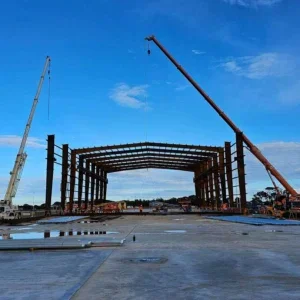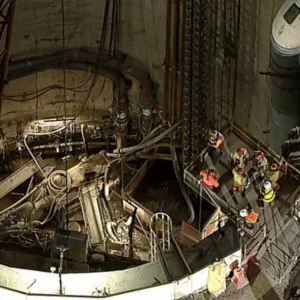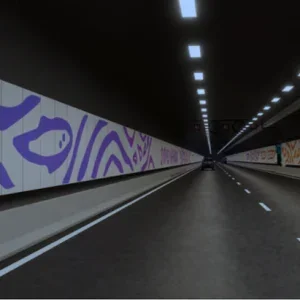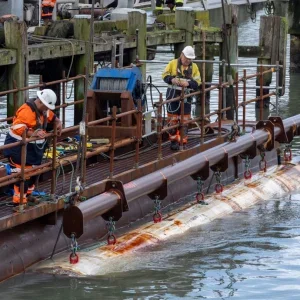Invitations to tender go out later this year for the construction of the 1.2km long twin tube Sentvid tunnel in Slovenia, close to the capital Ljubljana.
The first 200m of the 9.7m i.d. Sentvid tunnel was originally completed 20 years ago using cut and cover. Completing the US$40M tunnel using NATM, for an opening date in 2006, is expected to be demanding, because the alignment passes through deposits containing schistose clays and conglomerates. There is also a sandstone strata that is expected to contain water.
NATM is the typical construction method to be used on the total 24km of planned motorway tunnels in the country, all of which are twin tubes with two lanes (see map). Currently, just over 8km of tunnels are currently under construction, and proceeding smoothly. “Any small problems were ironed out with the use of NATM,” Dr Miklavs Cepon, the executive director for construction at DARS (Slovenia’s national motorway company), told T&TI.
One of the tunnels currently under construction is the twin tube 2.9km long Trojane tunnel. Following the same 9.7m wide profile (see diagram), the alignment passes through some of the most difficult geology on the motorway network, containing schists and schistose clays. A particular problem is the unstable face, which is stabilised using anchors, and the settlement is being carefully monitored, as the tunnel passes under the town of Trojane. Seventy-five per cent of excavation and protective works, on the US$70M project, undertaken by Italian contractor Grassetto Company, are complete.
Other tunnels under construction in Slovenia include: the 617m long US$14M Podmilj tunnel, constructed by the Slovenian RGD company, through schistose clays and dolomites; the 2,320m long, US$31M Kastelec tunnel, constructed by the Slovenian SGP Primorje Company through limestone and marl; and the 2,200m long US$ 69M Dekani tunnel, constructed by the Slovenian SCT company through water-bearing flysch close to the ground’s surface.
Slovenia’s motorway construction from north to south linking Austria and Croatia, and east to the Italian border in the west, follows the V and X European Transportation Corridors.
The motorways are very important “in order to provide an adequate and efficient road system that will help integration with our European neighbours, and for economic growth,” Dr Miklavs Cepon said.
Finance for Slovenia’s national motorway construction programme comes from a number of sources, including tolls, loans, bonds and regional governments, which benefit from the new network.
Related Files
Slovenia’s motorway network







